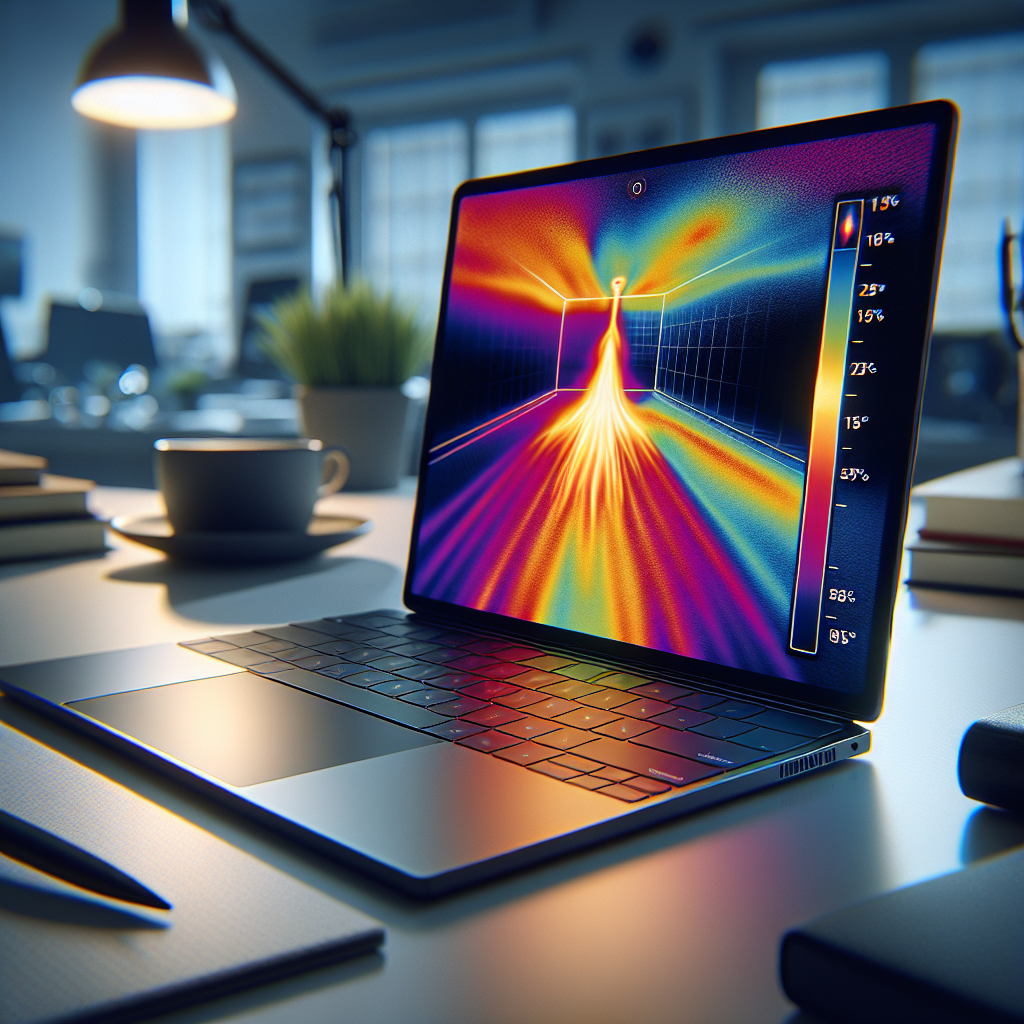In the ever-evolving landscape of technology, laptop manufacturers are constantly pushing boundaries to include features that cater to both professional and personal use cases. One such innovative enhancement is the integration of built-in thermal imaging cameras. But what could motivate a laptop to incorporate such a specialized piece of technology? This article delves into the multifaceted reasons and applications for having a thermal imaging camera built into a laptop.
Table of Contents
- Workplace Safety and Compliance
- Technical Maintenance and Diagnostics
- Media and Creativity
- Healthcare Applications
- Enhanced Gaming Experience
- Research and Development
- Conclusion
1. Workplace Safety and Compliance
One of the primary use cases for built-in thermal imaging cameras is enhancing workplace safety. Thermal cameras can detect irregular temperature variations, which can be indicative of potential hazards such as overheating machinery, electrical faults, or even fire risks. By equipping laptops with thermal imaging capabilities, employers can regularly monitor workplace environments and ensure compliance with safety regulations more effectively.
Applications in Workplace Safety
| Application | Description |
|---|---|
| Overheating Detection | Identifies machinery or components that may be running hotter than normal, reducing the risk of malfunction. |
| Fire Risk Identification | Helps in early detection of conditions that could lead to potential fires. |
| Electrical Fault Monitoring | Detects faulty electrical connections that could lead to dangerous situations. |
2. Technical Maintenance and Diagnostics
Another significant reason for integrating thermal imaging cameras into laptops is for technical maintenance and diagnostics. Both IT professionals and everyday users can benefit from real-time thermal monitoring to troubleshoot hardware issues. For instance, if a computer component is overheating, it can be quickly identified and addressed, thereby prolonging the lifespan of the device.
Benefits in Technical Maintenance
| Benefit | Explanation |
|---|---|
| Real-Time Monitoring | Helps in identifying and correcting issues instantly. |
| Prolongs Device Life | Detects overheating components and prevents long-term damage. |
3. Media and Creativity
Thermal imaging cameras can also open new avenues for creativity in fields such as photography and videography. Artists and media professionals can use these cameras to capture unique perspectives and create compelling content. The thermal imaging feature allows them to portray scenes in a completely different light, adding an artistic flair that standard cameras cannot offer.
Uses in Media and Creativity
| Use | Detail |
|---|---|
| Creative Photography | Captures unique thermal perspectives. |
| Innovative Videography | Incorporates thermal visuals for compelling storytelling. |
4. Healthcare Applications
The healthcare sector is another area where built-in thermal imaging cameras can make a significant impact. These cameras can assist in various diagnostic procedures and health monitoring tasks. For example, thermal imaging can help in detecting fevers or inflammatory conditions in patients, making it a valuable tool for telehealth services.
Impact on Healthcare
| Application | Advantage |
|---|---|
| Fever Detection | Identifies elevated body temperatures remotely. |
| Inflammation Detection | Assists in diagnosing conditions associated with inflammation. |
5. Enhanced Gaming Experience
While not immediately obvious, thermal imaging can also enhance the gaming experience. Gamers can use thermal cameras to detect how much strain their hardware is under, enabling them to optimize performance and avoid overheating issues during intense gaming sessions. Additionally, certain game developers may incorporate thermal imagery into gameplay for added realism.
Benefits in Gaming
| Benefit | Explanation |
|---|---|
| Performance Monitoring | Keeps track of hardware strain during gameplay. |
| Gameplay Enhancement | Developers can use thermal imagery for realistic effects. |
6. Research and Development
In research and development settings, thermal imaging cameras provide an additional layer of data that can be incredibly useful. Scientists and engineers can employ thermal cameras to study heat signatures and thermal properties of various materials, facilitating more accurate experiments and prototypes.
Applications in Research
| Application | Description |
|---|---|
| Material Studies | Examines the thermal properties of different materials. |
| Prototype Testing | Monitors heat distribution and stress in new designs. |
Conclusion
Thermal imaging cameras in laptops are far from being mere gimmicks; they serve multiple functional purposes across various domains. From ensuring workplace safety and aiding in technical diagnostics, to providing new creative avenues and enhancing healthcare, the applications are extensive. As technology continues to advance, we can expect these innovative features to become more commonplace, adding convenience and capability to our everyday computing experiences.

